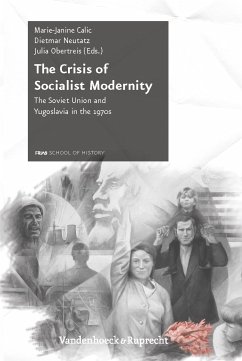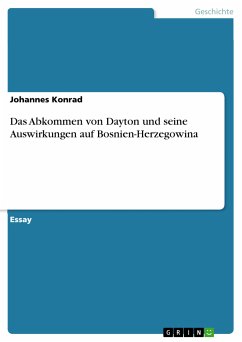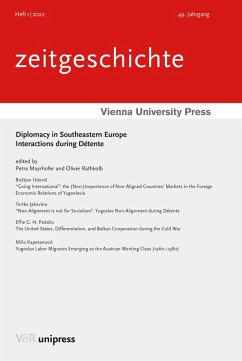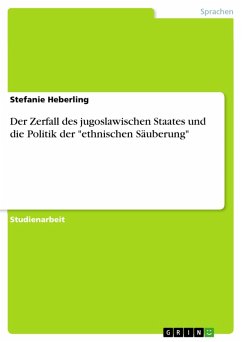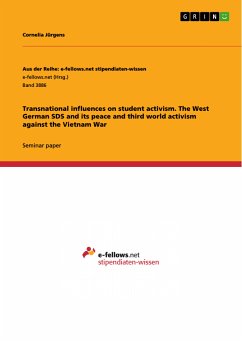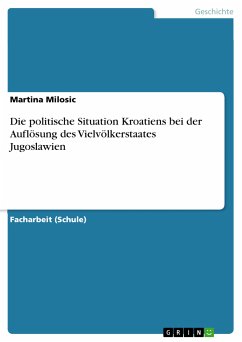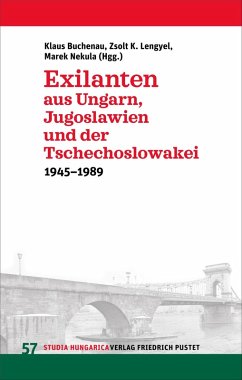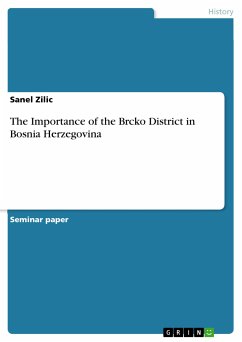
The Importance of the Brcko District in Bosnia Herzegovina (eBook, PDF)
Sofort per Download lieferbar
Statt: 18,95 €**
15,99 €
inkl. MwSt. und vom Verlag festgesetzt.
**Preis der gedruckten Ausgabe (Broschiertes Buch)
Alle Infos zum eBook verschenkenWeitere Ausgaben:

PAYBACK Punkte
0 °P sammeln!
Seminar paper from the year 2014 in the subject History of Europe - Newer History, European Unification, grade: A, University of Dalarna, language: English, abstract: In this Research paper I will discuss the importance of District Brcko of Bosnia and Herzegovina for peace and stability in Bosnia and Herzegovina. In this paper I will include the time from 1992, Dayton peace negotiations, grounding decision for Brcko District in 1999 and its important facts for Bosnia and Herzegovina, what this decision brought good and what does not function, up to latest decision of frizzing of OHR office in ...
Seminar paper from the year 2014 in the subject History of Europe - Newer History, European Unification, grade: A, University of Dalarna, language: English, abstract: In this Research paper I will discuss the importance of District Brcko of Bosnia and Herzegovina for peace and stability in Bosnia and Herzegovina. In this paper I will include the time from 1992, Dayton peace negotiations, grounding decision for Brcko District in 1999 and its important facts for Bosnia and Herzegovina, what this decision brought good and what does not function, up to latest decision of frizzing of OHR office in district Brcko. I will also highlight current political discourse in Bosnia and Herzegovina and its effects on security in Bosnia and Herzegovina are. Keywords: District Brcko, Ethnic segregation, Dayton peace agreement, Separation process in Bosnia and Herzegovina, Peace in Bosnia, Federation of Bosnia and Herzegovina, Republic of Srpska. In 1995 with signing the Dayton Peace Agreement armed conflict in Bosnia and Herzegovina has ended. It was signed by representatives of Bosnia and Herzegovina, Serbia and Croatia and the Contact Group Nations. Amongst other, DPA has divided Bosnia in two parts. It is important to mention that Federation of Bosnia and Herzegovina is then divided in ten Cantons. Most of them are with Bosnian majority, but some of them are also with Croat majority, mainly in southern Bosnia. DPA has indeed stopped the armed conflict in Bosnia, but it did not resolve the ethnic tensions that where still more than obvious in Bosnia. Milestone of ethical and religious division is the education in Bosnia. At the moment there are three different curriculums active in Bosnian primary schools: Bosnian, Croatian and Serbian. RaduSic writes that there are no teaching plans and programs at the state level, but only at the Entity level. RaduSic was speaking about the "National groups of subject".
Dieser Download kann aus rechtlichen Gründen nur mit Rechnungsadresse in A, B, BG, CY, CZ, D, DK, EW, E, FIN, F, GR, HR, H, IRL, I, LT, L, LR, M, NL, PL, P, R, S, SLO, SK ausgeliefert werden.





